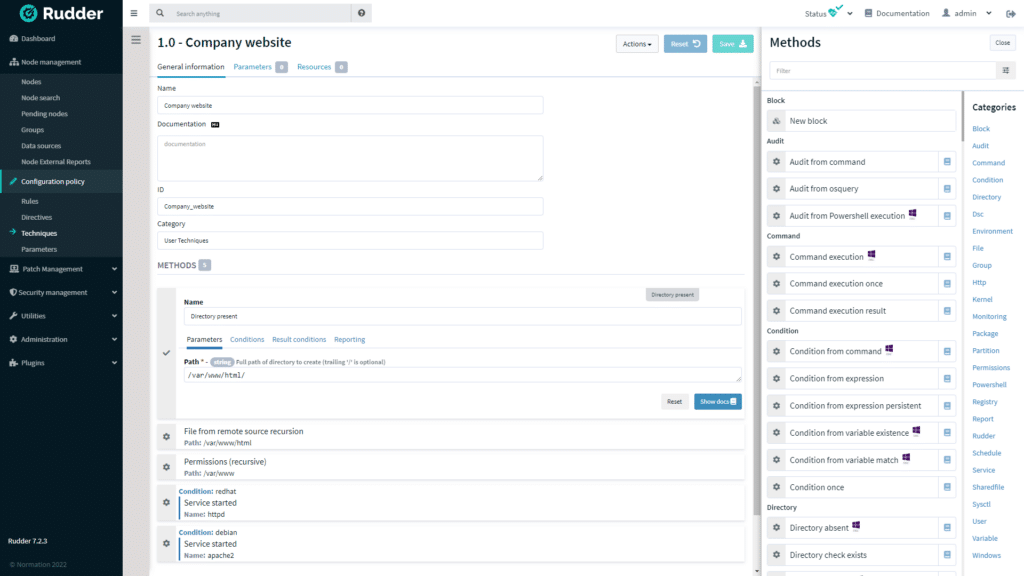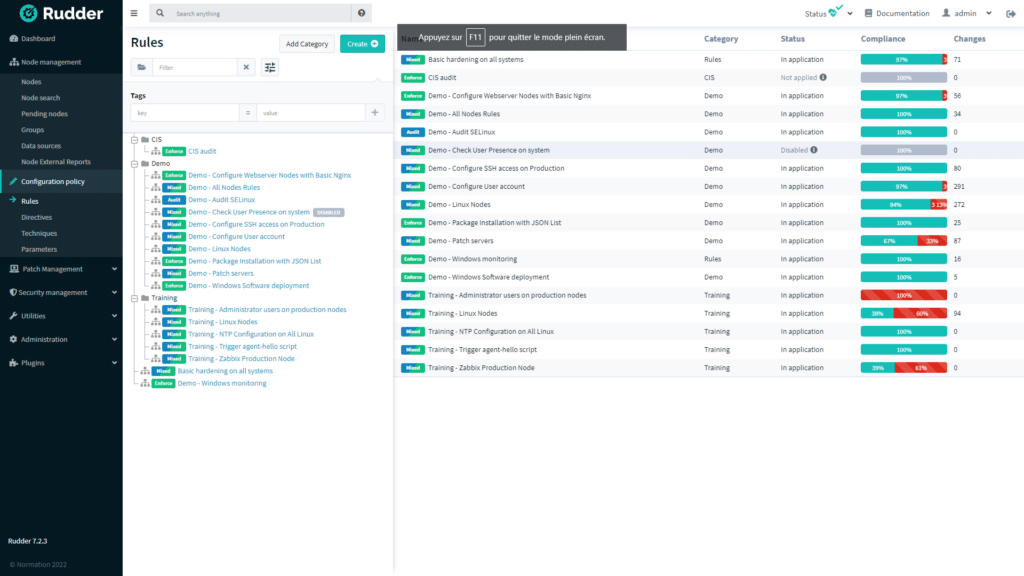AFNIC (French Association for Cooperative Internet Naming) operates the country code top-level domain “.fr” (over 4 million registered domain names) as well as several other TLD of overseas departments and territories, and a dozen of generic TLD. As the “.fr” registry manager, Afnic has been ISO 27001 certified since 2016 and designated as an Essential Service Operator (OSE) in 2019 (an operator providing a service that depends on network and information systems and essential for maintaining critical societal and/or economic activities). This entails significant security and compliance obligations.
To meet these more effectively, Afnic has chosen to rely on the French open-source “systems infrastructure management” solution Rudder.
- Afnic uses Rudder to deploy and update its security policies in real-time across its server fleet.
- Afnic likes Rudder reliability: "the team is more confident and the consequences of human errors are reduced".
- The traceability provided by Rudder eases compliance audits.
- The tool is simple to use: no "white elephant", Afnic remains autonomous for most operations.
Make industrialization more reliable in term of compliance
An easy-to-use tool

Robustness and adaptability

Since installing Rudder a year and a half ago, Afnic has extended its use to its microservices architectures on Kubernetes, without any particular issues: “Kubernetes nodes are managed by Rudder as if they were physical systems or VMs.” And, whatever happens, Afnic can rely on Rudder responsive support: “We are generally autonomous: we ask Rudder for a review every year to make sure everything is in order. Otherwise, the support is efficient: we quickly get a workaround, if not an immediate complete resolution of the issue, as well as valuable advice to understand why a rule is not applied as we expected.”